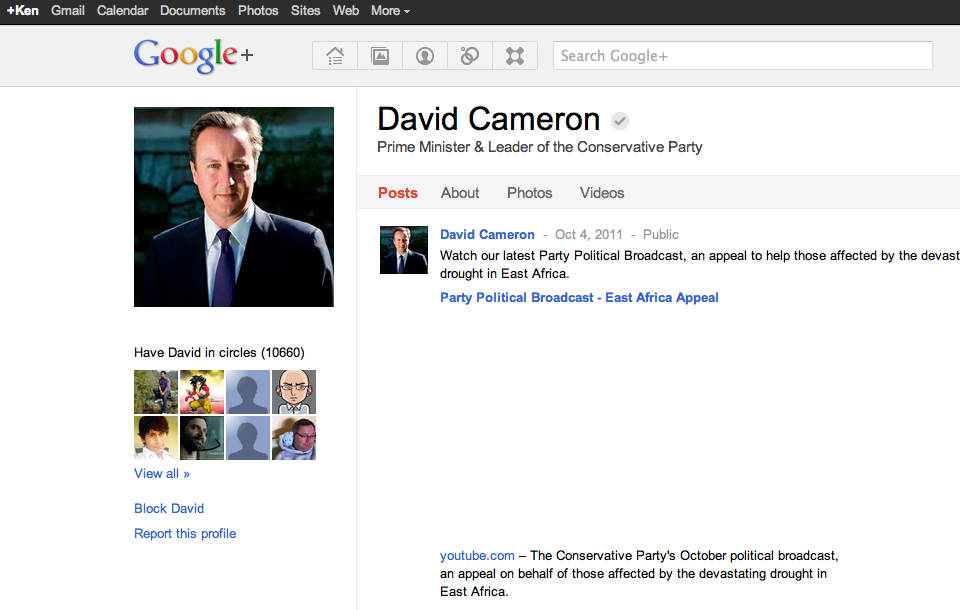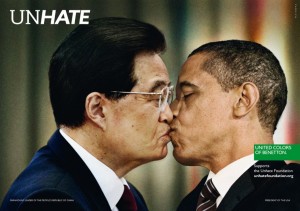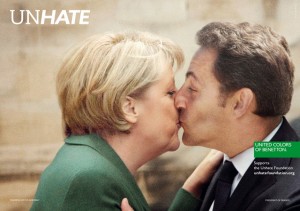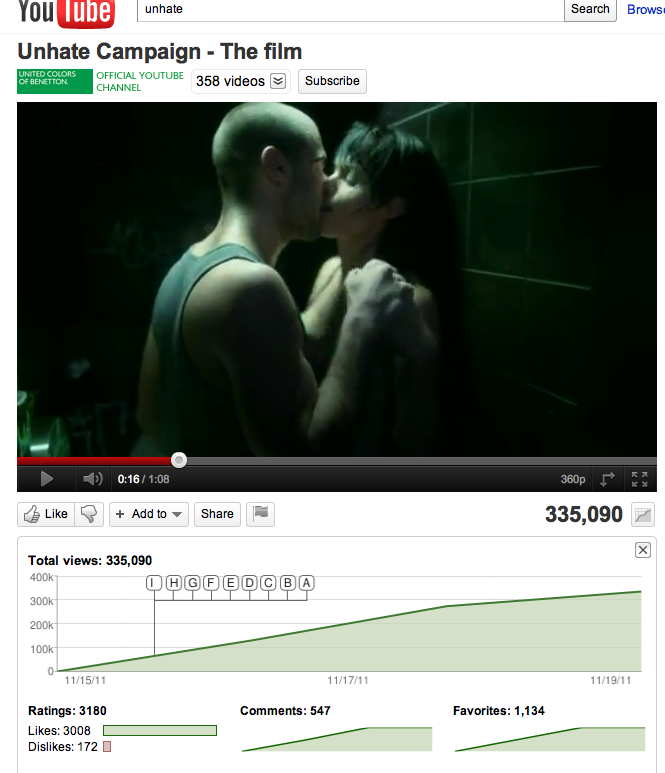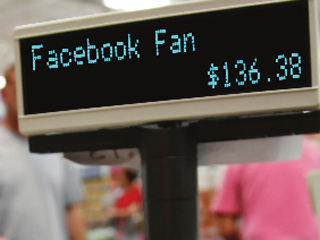Google Plus launched “Page” on Nov 7th 2011. Similar with Facebook “Page”, it offers a dedicate platform for business and customer interactions. This pushes Google and Facebook in head-to-head competition.
Google Plus, the latest attempt from the internet giant to invade social networking has attracted great media attention. The growth was fast: one month since its opening for general public the users reached 40 million. However, it is still far away from Facebook in terms of number of subscribers.
Google’s ambition has been seen through its latest “power user” strategy: Kim Kardashian, Ashton Kutcher, Britiney Spears and some high-level political figures like UK Prime Minister David Cameron, have recently started their Google Plus accounts. It is expected that Google Plus will attract more users really fast but the reality is still uncertain. What makes the competition interesting is how the two social media sites try to grow and achieve the critical mass: Facebook insisted its edu request and it took Facebook about 2 years until it opened to general public. Google Plus, on the other hand, only waited for about 2 months for accepting public subscription. 2011 is quite different than 2004, when social media was conceiving. So it might make more sense for Google Plus to go for a Allstar power user approach.
So what matters to business users. Just a few weeks passed, a lot of debate rose to determine which is better: Google Plus Page or Facebook Page. At this moment, I would say it’s too early to tell. But with a much smaller audience, the answer is obvious: Facebook has the advantage of fan base.
But what matters actually is not quantity, rather is about the quality of fans and quality of the relationship. Google Plus Page therefore were said to have the following advantages: Google + Page might benefit from better Google search results; Google Plus Page may better establish a business-oriented communication platform rather than Facebook “one for everything” and questionable business-customer bond. However, the internet “Matthew Effect” is not that easy to overcome. Google Plus Page has a long way to go to beat Facebook Page.
Again, it is too early to tell the fate of Goolge Plus Page. But for business, especially small ones, why not start the account now before others steals you name on Google Plus Page. Then share some content form Facebook page or your blog and play around with the new functions. Until the trend becomes clearly, you can’t ignore the giant like Google: just like no one could image how popular Gmail would be today? Who can tell that Google won’t be the one for everything.



